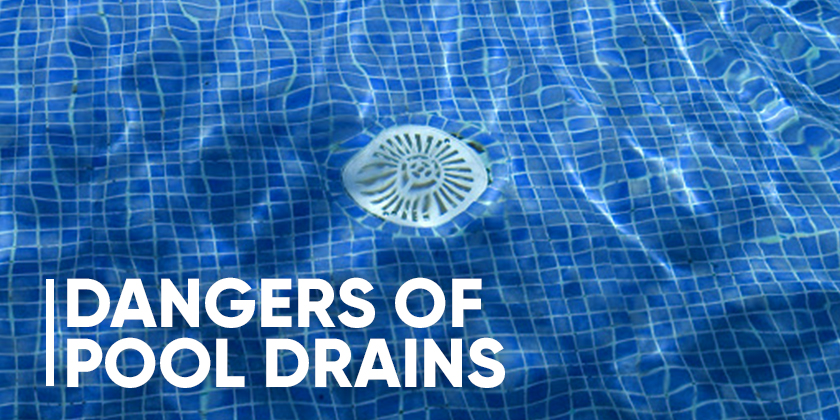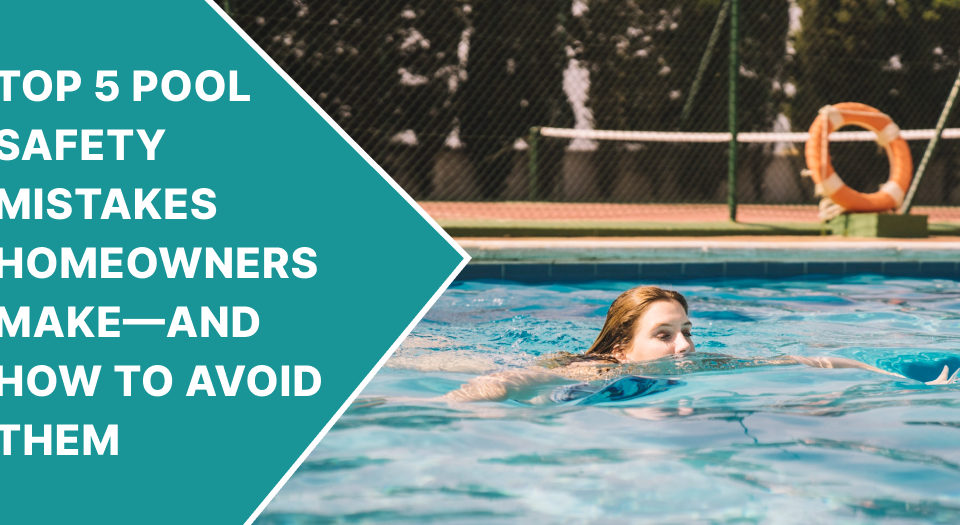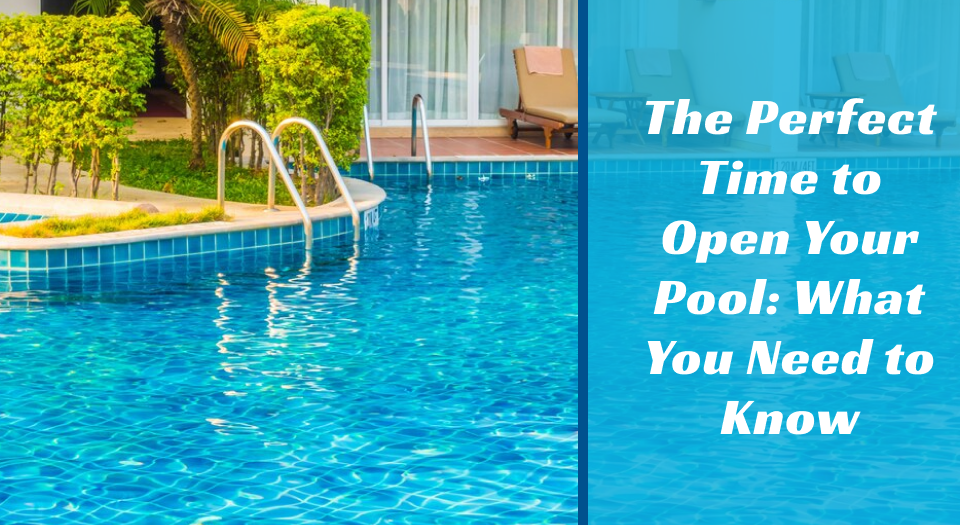
5 Hidden Pool Dangers You Must Know
January 25, 2021
Swimming Tips For Diabetic Patients
February 25, 2021Swimming pools become massively popular as the weather warms up. But sadly, several dangers lurk beneath the pool water. These potential dangers can dampen your spirits or even lead to death. The scariest part is the fact that only a few hidden risks of the swimming pools are known. For instance, everyone knows, walking on the wet deck can be dangerous. However, very few people understand the dangers of swimming pool drains because they do not get as much attention.
Dangers Your Swimming Pool Drain Poses
From 1999 to 2008, there have been 83 incidents of suction entrapment in the US, which lead to 69 severe injuries and 11 deaths, and most of the victims were young.
Pool drains have an immense amount of suction behind them. They are used to pull the water down and clean & filter the pool. This suction makes the pool drains dangerous. The drain can suck in your hair or body parts if you swim too close to it. The average suction pressure of pool drains can be as high as 700 pounds, making it impossible for a swimmer to resist the pulling. This suction entrapment can be fatal.
Pool drains have pool grates on top of them. However, the accidents still happen as the holes on these grates are too large or not installed correctly.
What Should You Do To Prevent Pool Drain Suction?
Prevention is the essential way to avoid swimming pool entrapment. If you have a pool at home, you should know how to prevent entrapment and comply with regulations.
After the tragic death of one child in 2002, the government enacted the Virginia Graeme Baker Pool and Spa Safety Act. According to this act, “All public swimming pools and spas must have back-up anti-entrapment systems to prevent the risks of pool drain suction.”
- The pool drain covers must also fulfill the entrapment protection requirements specified by the joint ASME/ANSI A112.
- The suction outlets must have multiple levels of protection to prevent entrapment.
- Pools with specific pumping systems must also have at least one-second method of preventing entrapment, such as disabling and reversing the suction flow. It must tend to undermine or reverse the suction flow for public pools.
- Public pool operators must inspect the swimming pool drains daily and ensure they’re in good condition.
- Suction covers must include permanent labeling that provides information, including the pool drain cover’s life expectancy, the maximum flow rate recommended by the manufacturer, and whether the cover is built for wall or bottom use. Also, the covers should be qualified Field Fabricated Outlets, certified by a Registered Design Professional.
- If the pool or spa has a single main drain, it must be installed with one of the following devices:
- Safety Vacuum Release System
- Suction-Limiting Vent System
- Gravity Drainage System
- Automatic Pump Shut-Off System
- Drain Disablement
- Other systems approved by the Consumer Product Safety Commission
- The authorities shouldn’t operate the pool or spa if its vacuum outlet covers get missing. It can help reduce the risk of swimming pool entrapment.
So if you don’t want any accidents to happen in your swimming pool, make sure to follow the VGBA act guidelines and keep a check on your pool drain covers. Also, don’t forget about their timely maintenance.
If you still have any doubts about pool drain covers, get in touch with the Life Saver Poolfence experts!




